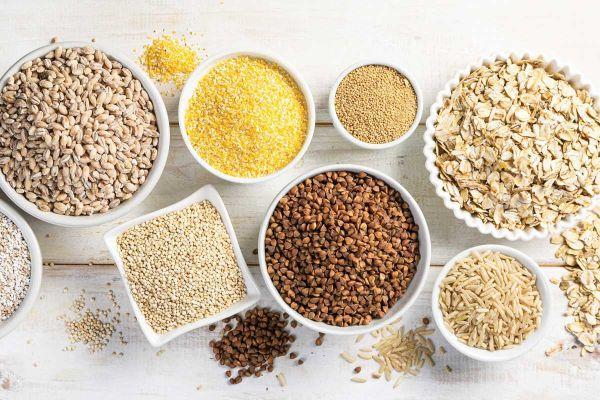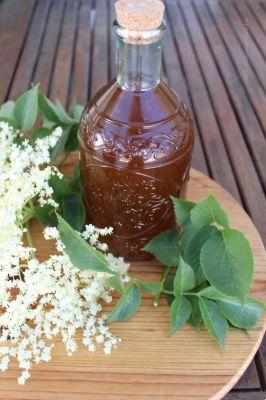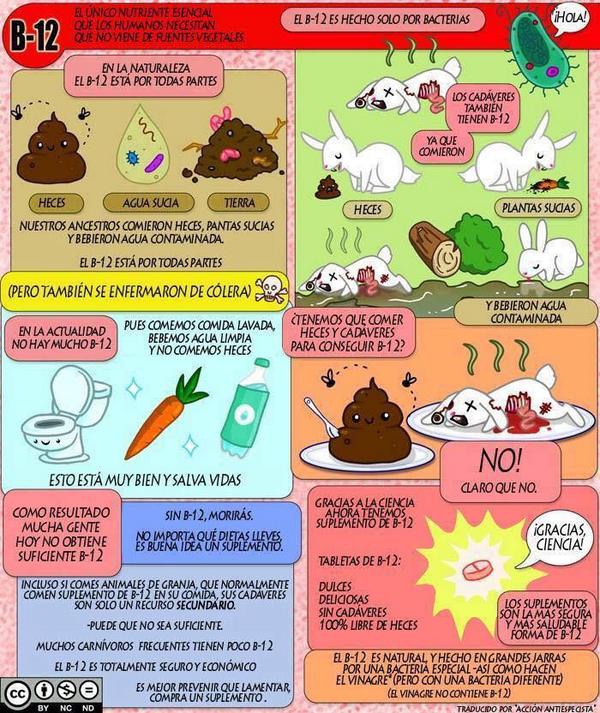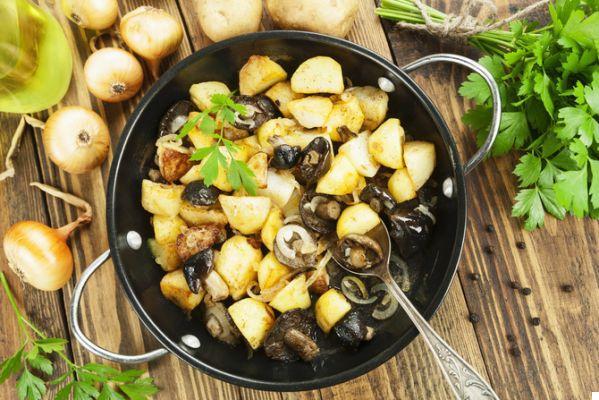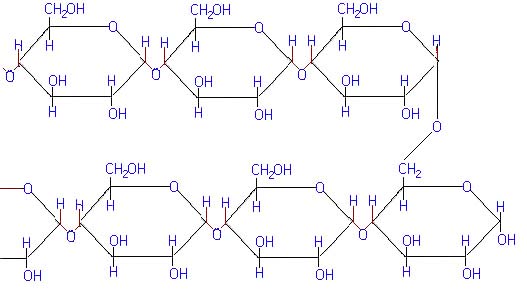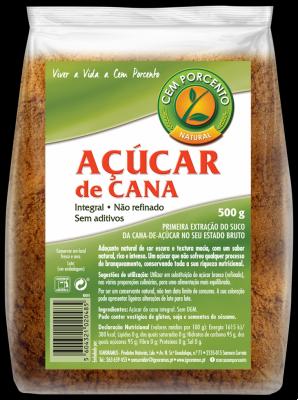
Sugar è always sugar, whether it comes from cane, maple, beet, from coconut or from the work of bees.
It's always about carbohydrates with a very high glycemic index that the body uses only if immediately after a heavy physical activity or a competitive sport is performed; otherwise, the unused sugar comes transformed into an energy reserve (read "fat"), after requesting a "Overwork" the pancreas to produce insulin.
So make intelligent use of the sugaror, only if you actually need energy or only in moments of celebration, preferring in other cases carbohydrates such as cereal starches.
Recall that the World Health Organization has provided for the recommended limits for daily sugar intake: from 10% to 5% of the daily requirement. The recommended amount, therefore, is about 25 grams (6 teaspoons) throughout the day and considering all the foods eaten during the day.
That said, when you need super-energetic food, there are sugars that are better to prefer than others. Among these, the whole cane sugar.
Read also White or cane sugar >>
Whole cane sugar, why prefer it
In the best stocked shops we can find three types of sugar: the refined, white one, the one defined as "raw cane sugar" and the whole cane sugar. Whole cane sugar is the only one that is not refined, therefore it is the most natural one.
When we choose to consume sugar it would be good to orient ourselves on that wholemeal cane preferably organic and from fair trade, since it is not a refined product and keeps intact nutritional properties of the original food.
Its color is darker, the grains are larger and of uneven shapes, it also tends to be more sticky and moist and to dissolve much more slowly. Its flavor is also much more intense (vaguely similar to licorice) and less sweet. Here is what it contains (in minimal quantities) lo whole cane sugar, compared to the refined one:
> Vitamins del group B;
> Minerals such as potassium, calcium, zinc and magnesium;
> 100 Kcal in meno every 100 g of product
> Molasses, which absorbs more water, making sweets softer
White sugar, cane sugar and brown sugar: what are the differences?
Sucrose, or the common table sugar, is extracted from both sugar cane and beet, and the chemical molecule is always the same.
These are the only differences: in the beet the residues are not very pleasant, therefore the sucrose is purified completely, to give the traditional white sugar; in sugar caneon the other hand, there are refining residues that are acceptable to our body which can also remain in the finished product.
Brown sugar can undergo various degrees of refining, to give two products, brown cane sugar and raw cane sugar:
> What "whole cane" sugar it is obtained by following traditional methods, completely skipping chemical refining or limiting it to a minimum, so it is the only one that is not refined, it is the most natural one. In the case of whole cane sugar, on the label there must be the words "whole cane sugar" and there must absolutely be no E150.
> What "raw cane" sugaron the other hand, it has undergone the refining process, it has a yellow-beige color which however is given by the addition of molasses or caramel; it is present in "raw" cane sugar E150, the synthetic caramel dye that is normally used to give the characteristic amber color to raw cane sugar





